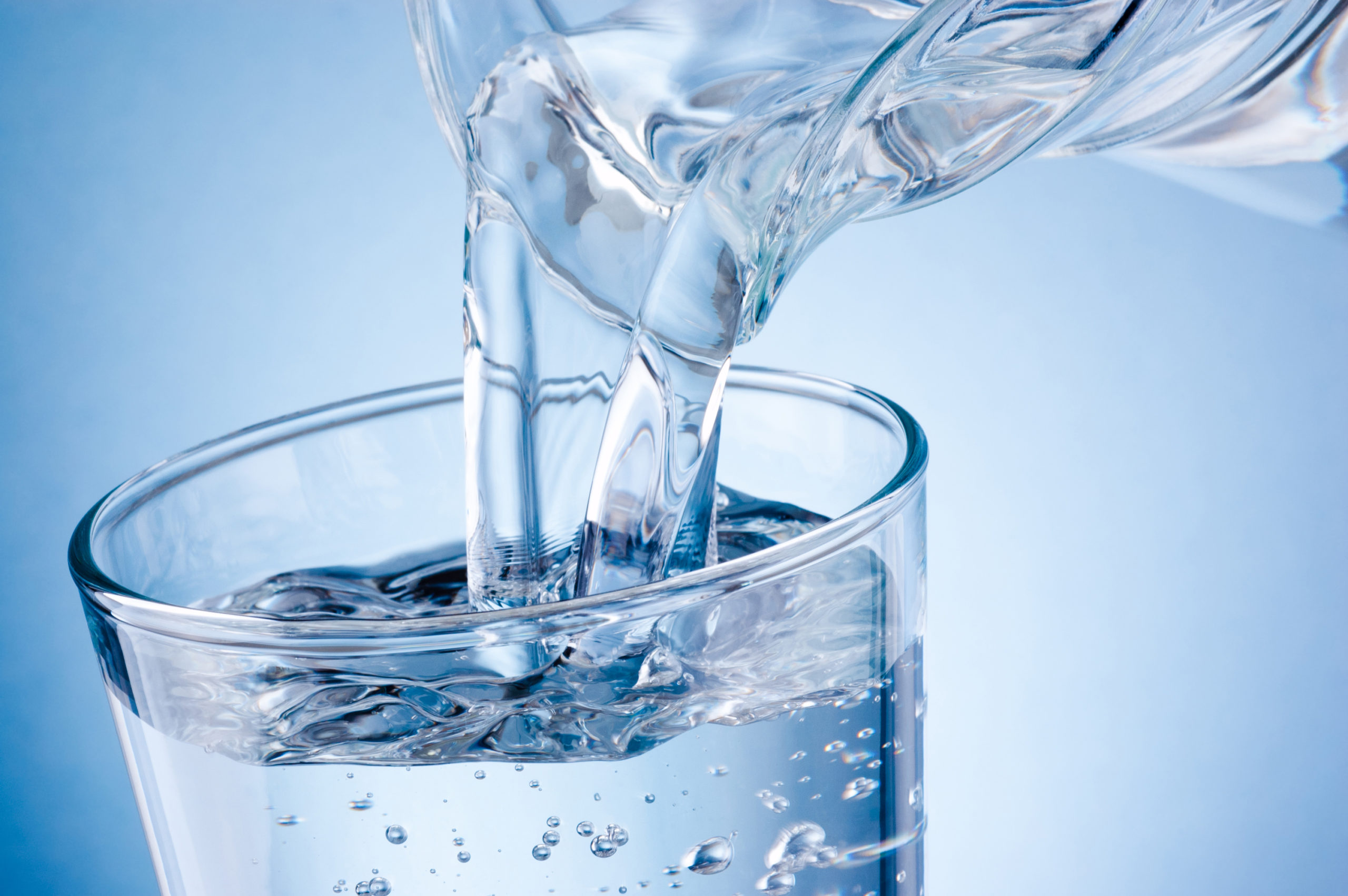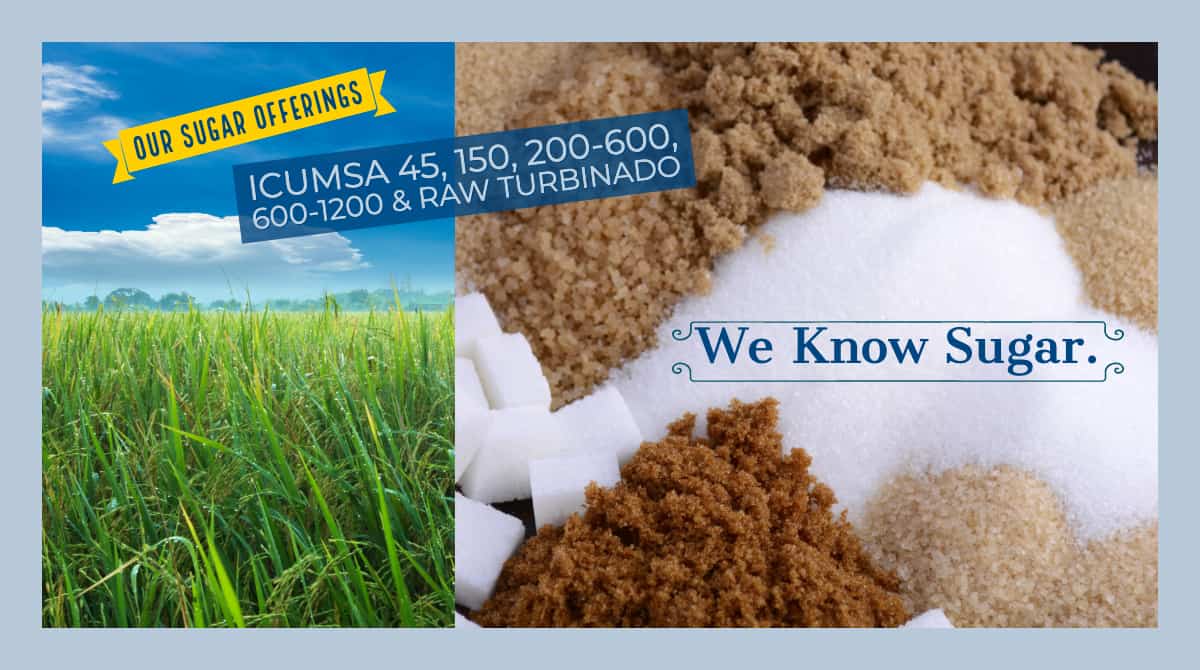Eco-Conscious sugar cane products That Encourage Environmentally Friendly Living
Unveiling the Manufacturing Keys Behind Sugar Cane and Its Diverse Series Of Products
The manufacturing trip of sugar cane is intricate and multi-faceted. It begins in the areas, where careful harvesting techniques set the phase for optimal sugar removal. The procedure includes numerous stages, including juice extraction and refining - sugar cane products. Sugar cane's possible prolongs much past mere sweet taste. Advancements in handling and lasting practices are improving its role in modern-day industries. What lies ahead for this versatile plant? The responses may surprise those curious about its future
The Trip of Sugar Cane: From Field to Factory

As sugar cane persuades gently in the exotic breeze, it begins a transformative trip from field to manufacturing facility. The lively eco-friendly stalks, rich in sucrose, are grown under optimal problems, gaining from ample sunshine and rainfall. Farmers thoroughly keep track of the growth, guaranteeing the plants reach their peak maturity, which is vital for taking full advantage of sugar content.Once grew, the cane is gotten ready for harvesting, where its coarse structure holds the assurance of sweet products. The trip proceeds as the stalks are transported to refining facilities, where they go through a collection of precise actions. At the manufacturing facility, the cane is washed, shredded, and pressed to extract the juice. This juice is after that cleared up and evaporated, leading the way for formation. Each stage of this trip is important, as it inevitably determines the top quality of the sugar and other products originated from this functional plant.
Collecting Methods: The Initial Action in Production
Harvesting sugar cane needs accuracy and skill, as the timing and technique directly influence the top quality of the last item. The procedure generally starts with establishing the excellent harvest time, which is essential; sugar material peaks prior to the plant gets to full maturity. Cultivators usually count on experience and farming indicators to determine when to harvest.Two primary techniques dominate the gathering landscape: manual and mechanical approaches. Hand-operated harvesting, though labor-intensive, permits for cautious selection of stalks and minimizes damages. Employees utilize machetes to reduce the cane near the base, making sure the stalks stay undamaged for processing.Mechanical harvesting, on the various other hand, uses specific equipment to cut and collect the cane rapidly. While this method greatly raises efficiency, it might bring about higher levels of debris and lower sugar material. Eventually, the picked technique affects not just the amount yet also the quality of sugar cane supplied to refining centers.
The Removal Refine: Unlocking the Sweetness
The extraction process is crucial for changing harvested sugar cane right into pleasant juice. Various methods of juice removal can considerably influence the high quality and return of the end product. Comprehending these techniques is important for taking full advantage of the benefits of sugar cane manufacturing.
Collecting Methods Discussed
Releasing the sweet taste of sugar cane begins with specific harvesting techniques that guarantee maximum return and top quality. The process generally entails reducing the cane at ground degree, making sure marginal damages to the plant and permitting regrowth. Harvesters frequently utilize machetes or specialized machines, depending on the range of the procedure. Timing is essential; collecting happens when the sugar material reaches its top, normally throughout dry periods. Furthermore, workers should be trained to determine the most effective stalks, avoiding those that are too old or diseased. Effective transport to processing facilities is additionally essential, as delays can bring about sugar deterioration (sugar cane products). These precise methods ultimately lay the foundation for creating top quality sugar and its diverse spin-offs
Juice Removal Methods
Juice extraction is an essential action in transforming sugar cane into its wonderful essence. This procedure normally involves several techniques, each designed to effectively draw out the sugary fluid from the fibrous stalks. The most usual technique is milling, where the sugar cane is smashed in between hefty rollers to release the juice. An additional technique is diffusion, which utilizes warm water to liquify the sugar from the cane fibers, making it an extra effective alternative for large-scale procedures. Additionally, some manufacturers use screw presses, which apply mechanical stress to essence juice. After removal, the juice undertakes information to remove impurities before more handling. Each approach shows the market's concentrate on maximizing yield and making sure premium sugar production.
Refining Sugar: Changing Raw Cane Into Granulated Gold
The refining process is necessary for transforming raw cane sugar into the pure, granulated item customers recognize. sugar cane products. This involves a series of extraction and filtration steps to get rid of contaminations, complied with by condensation and drying strategies that boost the sugar's high quality. Understanding these approaches discloses the elaborate improvement from cane to the golden granules that sweeten numerous foods and beverages
Removal and Filtration Refine
A crucial phase in the sugar production journey involves the removal and purification of juice from freshly harvested sugar cane. This procedure starts with crushing the cane to release its sweet juice, typically making use of huge rollers or mills. The drawn out juice contains not just sugar however also pollutants, consisting of fibers and mud. To assure the juice is appropriate for more refining, it undergoes a purification process. This involves passing the juice with different filters and clarifiers to get rid of solid particles and undesirable products. Chemicals such as lime might be added to help in the information procedure. The outcome is a clear, raw cane juice that offers as the structure for producing polished sugar, prepared for succeeding stages of handling.

Crystallization and Drying Out Methods
After the extraction and purification processes produce clear raw cane juice, the following action in sugar manufacturing is formation. This procedure entails steaming the juice to evaporate water, allowing sugar particles to create crystals. As the liquid thickens, it reaches supersaturation, motivating sugar to crystallize. The combination is after that cooled down, advertising additional crystal formation. Once condensation is complete, the sugar crystals are separated from the continuing to be syrup with centrifugation.The last includes drying, where the crystals reference are exposed to warm air to eliminate residual dampness. This action is necessary, as it ensures the product attains the preferred granulation and shelf security. The outcome is pure, granulated sugar, ready for product packaging and circulation.
Beyond Sweetness: Diverse Products From Sugar Cane
While sugar cane is mainly acknowledged for its wonderful flavor, its versatility extends far beyond simple sweetness. This resilient plant serves as the resource for a myriad of products that accommodate diverse industries. Ethanol, originated from sugar cane fermentation, plays a vital function in renewable power, serving as a cleaner choice to fossil gas. Furthermore, molasses, a byproduct of sugar refining, is utilized in animal feed, along with in baking and fermentation processes.Sugar cane's coarse residue, referred to as bagasse, is not thrown away; it is changed right into eco-friendly product packaging products and works as a biomass fuel resource. Various sugars and syrups obtained from sugar cane find applications in the food and drink sector, contributing to flavor and preservation. The plant's leaves can be made use of for thatching, while its juice is taken in as a renewing beverage in lots of cultures. Sugar cane exemplifies farming potential past its sugary credibility.
Technologies in Sugar Cane Handling
As innovations in innovation remain to improve numerous sectors, sugar cane processing is experiencing a significant change. Modern innovations, including automated harvesting and accuracy farming, are enhancing effectiveness and yield. Drones and sensing units keep an eye on plant health, permitting farmers to enhance irrigation and nutrient application, inevitably boosting productivity.In processing facilities, state-of-the-art equipment and tools streamline operations. Developments such as enzymatic handling and progressed purification techniques boost the removal of sugar while minimizing waste. Additionally, the adoption of real-time data analytics makes it possible for manufacturers to monitor processes closely, guaranteeing high quality control and minimizing downtime.Biotechnology is likewise playing an important duty; hereditary adjustments enhance sugar cane's resistance to parasites and ecological stress factors. These developments not only contribute to greater sugar returns but likewise promote the production of diverse spin-offs from the cane, increasing its commercial applications. In general, these advancements are leading the method for an extra reliable and lasting sugar cane handling market.
The Future of Sugar Cane: Sustainability and Bioproducts
The future of sugar cane production is increasingly intertwined with sustainability and the growth of bioproducts. As worldwide need for environment-friendly alternatives increases, the sugar cane industry is pivoting in the direction of practices that reduce environmental impact. Technologies in growing strategies, such as precision farming and incorporated pest monitoring, purpose to enhance yield while minimizing resource consumption.Furthermore, sugar cane is being discovered as a raw product for biofuels, bioplastics, and other Learn More Here lasting items. These bioproducts not only offer a renewable alternative to standard nonrenewable fuel sources and plastics but likewise contribute to a circular economic climate by making use of waste materials.Research and growth in biotechnology are leading the method for improved sugar cane varieties that require much less water and plant foods, additionally promoting sustainability. By embracing these advancements, the sugar cane industry can safeguard its future while resolving critical ecological difficulties, demonstrating its potential as a keystone of sustainable development.
Regularly Asked Inquiries
What Are the Environmental Impacts of Sugar Cane Farming?
The ecological influences of sugar cane get redirected here farming consist of logging, dirt destruction, and water pollution. Furthermore, making use of pesticides can harm biodiversity, while monoculture practices lower community durability, posturing lasting sustainability challenges for agricultural techniques.

Exactly How Does Sugar Cane Contrast to Other Sugar Nutritionally?
Sugar cane, abundant in carbohydrates, supplies power but lacks crucial nutrients contrasted to alternatives like honey or maple syrup, which use vitamins and minerals. Its high glycemic index likewise elevates concerns over blood glucose spikes.
What Are the Wellness Benefits of Consuming Sugar Cane Products?
The health and wellness advantages of consuming sugar cane products include boosted digestion, improved power degrees, and possible antioxidant homes. In addition, they might sustain hydration and provide vital minerals and vitamins, adding positively to total health.
Just How Is Sugar Cane Waste Utilized After Handling?
After handling, sugar cane waste is utilized in various ways, including biofuel production, animal feed, and organic fertilizers. This sustainable approach minimizes ecological effect while maximizing source performance within the sugar sector.
What Are the Historic Beginnings of Sugar Cane Farming?
